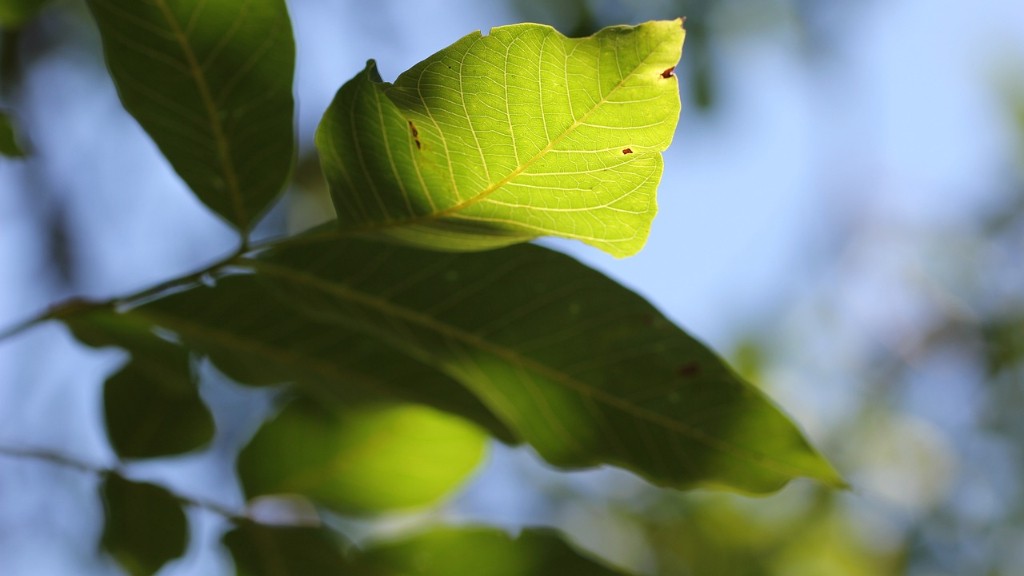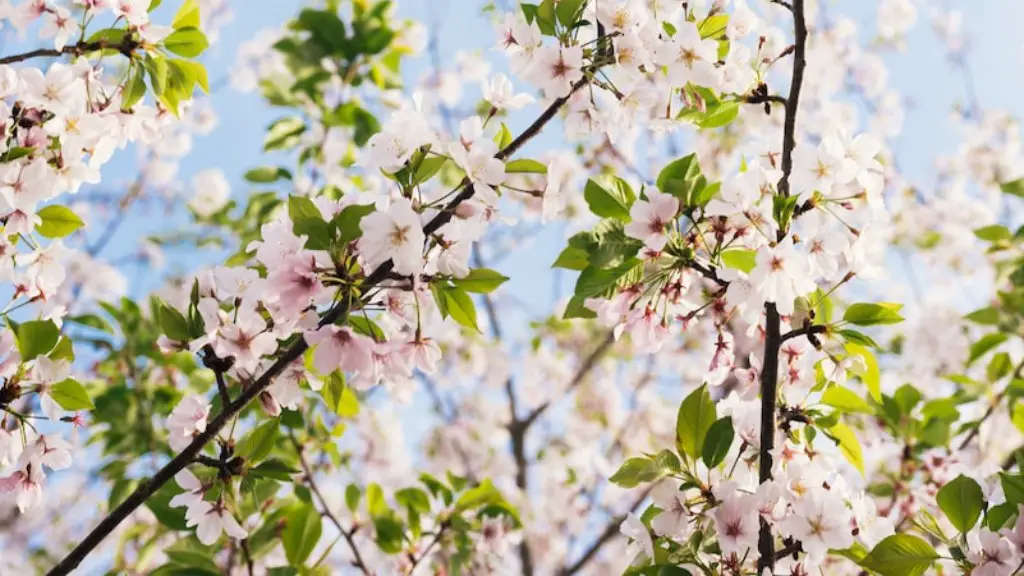Choosing Your Avocado Tree
When it comes to planting an avocado tree, the first step is choosing the right tree. Depending on your climate and geographical location, there are dozens of varieties of avocado trees to choose from, each with their own unique characteristics and benefits. For example, Hass avocados have a more delicate skin and are better suited for cold and humid climates, while Fuerte avocados have a thicker skin and do better in hot and dry climates. When selecting your tree, always check with a local nursery to find out which varieties grow the best in your area.
Preparing the Soil
Once you’ve chosen your tree, the next step is preparing the soil for planting. Avocados prefer well-draining soil that is nutrient-rich, so make sure to mix in organic matter such as compost to provide the necessary nutrients and minerals. Additionally, you want to make sure the soil is working before planting to ensure the roots can penetrate the soil easily. To do this, mix the soil with water and let it sit for a day or two before planting the tree.
Planting the Tree
Now that you’ve chosen your tree and prepared the soil, it’s time to actually plant the tree. When it comes to planting, make sure the hole is twice as deep and wide as the root ball of the tree. Then, gently place the tree in the hole and backfill the soil making sure there are no air pockets. Finally, give the tree a good irrigation and add 3-4 inches of mulch on top of the soil to retain moisture.
Watering and Fertilizing
Watering and fertilizing are key for successful avocado tree growth. New trees require frequent, but light irrigation as too much water can lead to root rot. Once the tree is established, it can still benefit from moderate, but regular watering. As for fertilizers, make sure to stick to organic options and follow the package instructions when it comes to application.
Protecting Your Avocado Tree
New avocado trees are especially vulnerable to pests and diseases, so it is important to protect them. Spraying insecticides or fungicides can prevent damage to the tree and ensure healthy growth. Additionally, make sure to prune the tree regularly to remove dead or diseased branches, and give your tree plenty of sun and air circulation to prevent fungal diseases.
Reaping the Rewards of Your Avocado Tree
With proper care and attention, you can enjoy the fruits of your own avocado tree. Depending on the variety, it can take anywhere from 4-6 years for an avocado tree to start bearing fruit. Always allow the avocados to ripen on the tree and use garden gloves when harvesting to avoid harming the tree.
Avocado Tree Pruning
Regular pruning is essential for avocado trees, as it aids in healthy growth of the tree, encourages new flowers and fruit, and presents a pleasant overall aesthetic. Pruning should be done every couple of years, beginning a few months after planting your tree. Make sure to use clean and sharp pruning tools for the job and remove any dead, diseased or damaged branches.
Avocado Tree Grafting
Grafting is one of the most common methods of propagating and growing avocado trees, and it involves joining the stem of one plant to the root or stem of another, so the two plants’ vascular systems unite and create a single, new plant. Grafting is usually done to combine desirable traits of two plants into one, and when done properly, it has a high success rate.
Avocado Tree Propagation Through Seeds
Propagation through seeds is a slower, but still viable way to grow avocado trees. It does, however, take much longer for the tree to produce fruit – anywhere from 8 to 10 years. To propagate through seeds, simply remove the seed from a ripe avocado, dry it out and stick it in a container filled with potting soil. Water frequently and watch it germinate.
Pest and Disease Control
Avocado trees can be prone to certain pests and diseases such as root rot, black spot, and aphids. The most effective way to prevent these ailments is to keep your tree healthy by providing proper soil, adequate water, and by pruning and fertilizing on a regular basis. Additionally, a fungicide or insecticide can help prevent damage from pests and diseases.
Training and Support
Training and staking can help an avocado tree grow strong, healthy and upright. Most young avocado trees require additional support and structure to keep them upright when they’re in the early stages of growth. Make sure to check with your local nursery for specific instructions on training and staking your tree.
Harvesting and Storing Avocados
Avocados are a delight to harvest and can be kept and stored in a variety of ways. For shorter storage times, they can be stored at room temperature while for longer lasting avocados, they should be kept in the refrigerator or freezer. Additionally, avocados can be dried, frozen, or pureed for long-term storage.
Common Questions and Considerations
When planting an avocado tree, there are several common questions and considerations to take into account. For example, when should an avocado tree be planted, what kind of container should be used, and how much water does an avocado tree need? Answering these questions and staying informed about the specifics of planting an avocado tree can help you create the best environment for growing.

